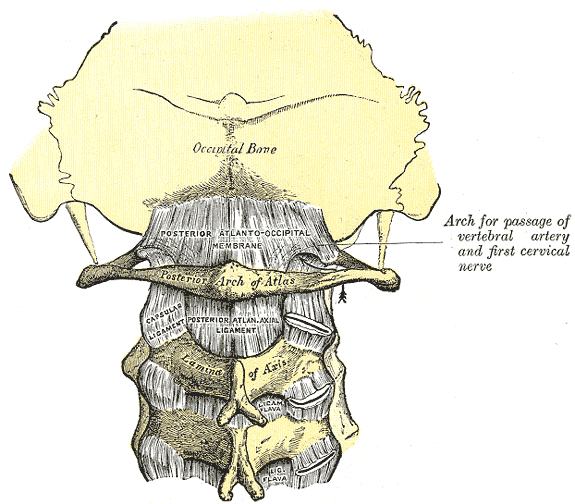Wry Neck (Non-Traumatic Neck Injury)
What is it?
Have you ever woken up with a sore or stiff neck because you slept on it funny? Have you ever done a prolonged activity such as driving, being on the computer or playing sports where you felt stiff or soreness in your neck afterwards? These kinds of injuries are usually non-traumatic in nature. It is commonly known as wry-neck or also referred to as “torticollis”, and is a condition in which muscle spasms occur from soreness and stiffness in the neck causing it to be out of alignment.[1]

What causes it?
Wry neck can occur due to the prolonged or sudden stretch of the neck for a few possible reasons. The shock absorbing cushion called the meniscoid structures within the zygoapophyseal joint of the neck vertebra can become blocked and jammed in its rest position, swelling and thickening of ligaments / capsules and the surround soft tissue around the joint(s), or a slow shift of the disc in the neck vertebra can all cause muscle spasms. Moreover, old injuries causing unstable joints, constant “self adjustments”, and hyperflexibility can all be contributing factors to developing wry neck.[1]
As well, it can also occur following an upper respiratory tract infection (mainly affecting children), which causes the lymph gland under the neck muscle to swell; this is known as “Grisel’s Syndrome”. Non-activity related causes of torticollis include neurological disorders or tumors.[1]
What to look for? (Signs and Symptoms)
There is usually a limitation of movement toward one side and the posture is slightly flexed away from the painful side. You can wake up with pain on one side initially which can then occur on both sides. Initially the pain can be localized but may later radiate to other areas in the neck, shoulders, arms, hands or fingers.[1] As well, you may experience a headache.
Treatment
Using ice and resting your neck for the first 48 to 72 hours is the recommended first step. Swelling, pain and having the neck vertebra out of alignment can cause the joints to lose its normal range of motion. More over, the altered function of the neck causes imbalances such as muscle weakness and tightness to develop. Physiotherapy, through the use of manual therapy and specific exercises, has been shown to help in the restoration of the movement of the neck joints and the optimal functioning of the muscle imbalances that can occur.[2,3,4] The use of Intramuscular Stimulation (IMS) has also been shown to be beneficial in these types of neck injuries5. Overall, successful management of wry neck includes regaining joint mobility, muscle strength and flexibility, as well as retraining the coordinated movements.[2,3,4]
For more information about neck injuries please contact InSync Physio.
References
- ^ Orthopaedic Division: Diploma of Advanced Orthopaedic Manual and Manipulative Physiotherapy. 2002; 45.
- ^ Gross AR, Hoving JL, Haines T, Goldsmith C, Kay T, Aker P et al. Manipulation and Mobilisation for Mechanical Neck Disorders. The Cochrane Library 2004; 4.
- ^ Magee DJ, Oborn-Barret E, Turner S, et al. A systematic overview of the effectiveness of physical therapy intervention on soft tissue neck injury following trauma. Physiotherapy Canada; (Spring): 111-130.
- ^ Kennedy C. Cervical Spine: Exercise interventions for the Cervical Spine. Ortho Div Review Nov 1998; 13-29.
- ^ Gunn C. The treatment of Chronic Pain: Intramuscular Stimulation for Myofascial Pain of Radicular Origin. 2nd Ed; 1996: 51-60.